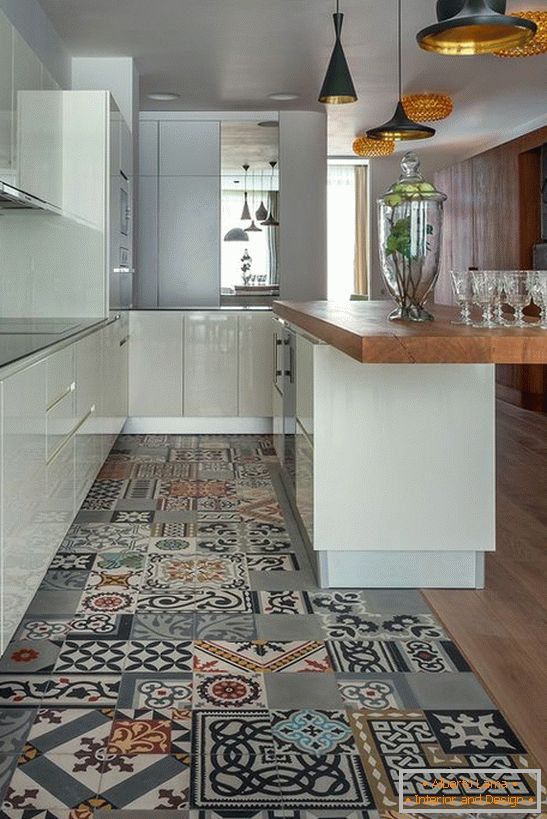Sometimes when gluing wallpaper joint-to-splice, that is not overlapping, people are faced with the fact that as the drying seams of wallpaper begin to creep - do not just peel off the walls, namely to part ways, leaving gaps between the strips.
Undesirable caging seams
This happens only in cases when when gluing wallpaper was made such gross errors as:- work was carried out with open windows and doors;
- negligence was allowed in the preparation of wall surfaces;
- The recommended time for wallpaper impregnation with glue was not observed;
- the glue itself was improperly prepared, its proportions were not strictly observed (it is actual when using self-made or soluble powder adhesives);
- Glue on the strip was applied unevenly.
Closing windows and doors, you create a greenhouse effect in the room, due to which the moisture from the wallpaper evaporates gradually and they do not crumble when dried on the wall. Qualitatively priming the walls, you not only level their surface, but also ensure reliable adhesion of wallpaper to the wall.
Working with wallpaper glue is actually much harder than it seems. First, it is very important to follow the specified proportions of glue and water in the instructions in order to achieve the required viscosity of the paste. It is unacceptable to use glue with lumps - because of this, there are bubbles and open seams. Vinyl adhesives, which are sold in buckets already ready for use, can save you from these hassles.
But whatever glue is used, the final result of wallpapering depends on the skill of the person. Whether your walls look perfect, depends largely on compliance wallpaper impregnation time. Usually it is indicated on the packaging of wall coverings, but not everyone pays attention to it, although it is fundamentally important: during the impregnation, the fibers of the wallpaper swell, and the width of the banded glue band increases by an average of 2.5%, and length by 0, 5%.
For each type of wallpaper the time of impregnation is different:
- 5 minutes - paper, nonwoven, textile and jute wallpaper on paper basis, as well as natural wallpaper Grasscloth;
- from 5 to 10 minutes - self-adhesive wallpaper (referring to the time that must be maintained after applying to the adhesive side of the activator or water);
- 10 minutes - light vinyl wallpaper on any substrate, coated paper, metal wallpaper, cork wallpaper on a paper substrate;
- 15 minutes - vinyl wallpaper medium and high gravity on a fabric backing.
Premature setting of the wallpaper can lead to poor adhesion and divergence of the joints. To ensure the best quality of impregnation and uniform distribution of the adhesive over the surface of the strip, it is recommended to fold it, as shown in the figure.
How to fold the wallpaper at the time of impregnation
Do not forget to also apply a thin layer of glue that will save your wallpaper from wrinkles. The most effective way of applying wallpaper paste is the method shown in the figure below. Short strokes with a roller or a wide brush should be made in the direction from the center to yourself.
How to apply wallpaper paste
Tip: ideal wallpaper beads can be achieved by applying the "double cut" method of wallpaper. In this case, the wall coverings are glued overlap - one strip should cover the other by about 5 cm (can be less). Using a ruler and a very sharp knife, both strips need to be cut simultaneously at about the middle of the overlap.
Double cut of wallpaper
After this, the cut pieces of both cloths are removed, and the fresh joints are smoothed with a roller or spatula. With the careful execution of this method and observance of all the recommendations listed above, a beautiful view of your walls under the wallpaper is provided!


